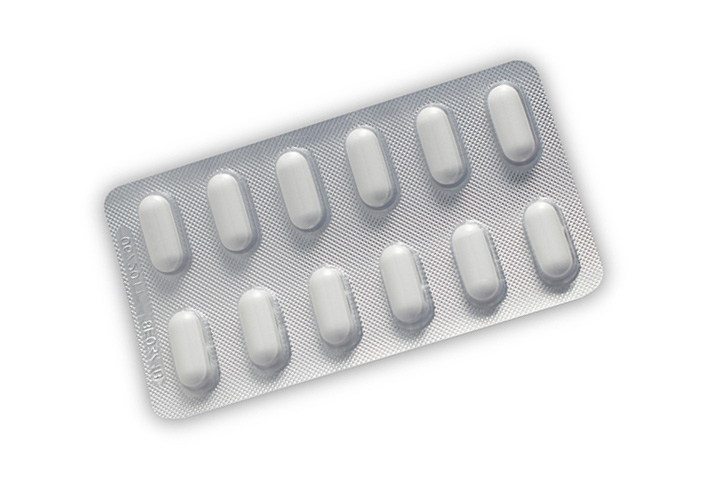Neggram
Neggram is the brand name for a medication called Nalidixic Acid. It is an antibiotic that belongs to the class of drugs known as quinolones. Nalidixic acid is primarily used to treat urinary tract infections (UTIs) caused by susceptible bacteria.
Antibiotic is effective against certain types of bacteria that commonly cause UTIs, including Escherichia coli. It works by interfering with the DNA replication process of the bacteria, thereby inhibiting their growth and ability to cause infection.
What Does Neggram Contain?

The active substance is:
Nalidixic acid 1 g
For one scored tablet.
The other ingredients are:
Potassium sorbate, brown iron oxide, maize starch, soluble starch, hydrolysed gelatine, stearic acid.
Forms and Strengths
This medicine comes in the form of a scored tablet. Box of 20 or 100.
Uses
Dosage
For adults only
The usual dose is 2 g/day in 2 doses of 1 g each.
Method and route of administration
Oral administration.
Duration of treatment
To ensure effectiveness, it's important to take this antibiotic consistently at the prescribed doses and continue using it for the duration your doctor recommends.
The disappearance of fever or any other symptoms does not mean that you are completely cured.
Fatigue is caused by the infection itself, not the antibiotic treatment. Reducing or stopping your treatment will not alleviate this tiredness and could hinder your recovery.
You must adhere strictly to the prescription and not change the duration without medical advice.
Symptoms and instructions in case of overdose
If you have taken more Neggram, scored tablet than you should have:
If you take too much of this medicine, contact a doctor immediately.
Side Effects
Description of undesirable effects
Like all medicines, Neggram, scored tablet is likely to have undesirable effects, although not everyone is subject to them.
- Headaches, drowsiness, fatigue, dizziness.
- Visual disturbances: fog, coloured halos around objects, coloured vision. These problems disappear rapidly when treatment is stopped.
- Neuro-psychiatric disorders: psychosis, convulsions. Rare cases of intracranial hypertension have been observed in adults. These disorders disappear rapidly on discontinuation of treatment.
- Gastrointestinal disorders: abdominal pain, diarrhoea, vomiting, nausea.
- Allergic manifestations: skin rashes, itching, urticaria, excessive numbers of certain white blood cells (eosinophilia), joint pain with stiffness and swelling of the joints, exceptionally generalised allergic reactions with angioedema (sudden swelling of the face and neck) or allergic shock.
- Skin reactions to the sun in the form of burns or bullae, even without excessive exposure. These blisters may reappear on subsequent exposure to the sun or in the event of skin trauma for up to several months after treatment has been stopped.
- Jaundice, high blood acidity, reduced platelet count, insufficient white blood cells, anaemia (in cases of hereditary G6PD disease).
If you notice any side effects not mentioned in this leaflet, or if any side effects become serious, please tell your doctor or pharmacist.
Precautions
Taking or using other medicines
If you are taking or have recently taken any other medicines, including medicines obtained without a prescription, talk to your doctor or pharmacist.
Driving vehicles and using machines
It is not recommended to drive vehicles or use certain tools or machines due to the risk of drowsiness and visual impairment associated with the use of this medicine.
List of excipients with a notorious effect: potassium.
Pregnancy and Breastfeeding
It is preferable not to use Neggram during pregnancy.
If you discover that you are pregnant during treatment, consult your doctor, who alone can judge whether it is necessary to continue.
Breast-feeding is contraindicated after taking this medicine, as the product passes into breast milk.
What is Urinary Tract Iinfection?
The term urinary tract infection refers to a type of pathology affecting the urinary system. The main symptom is a sensation of pain and burning when urinating. Some urinary tract infections are more serious than others, depending on the area affected. The urinary system involves the lower urinary tract (the bladder, urethra and ureters) and the upper urinary tract (the kidneys). When the latter is affected, the urinary infection is more serious.
Worldwide, around 2% to 3% of adult women suffer from a urinary infection each year. Men can also be affected, but to a lesser extent.



